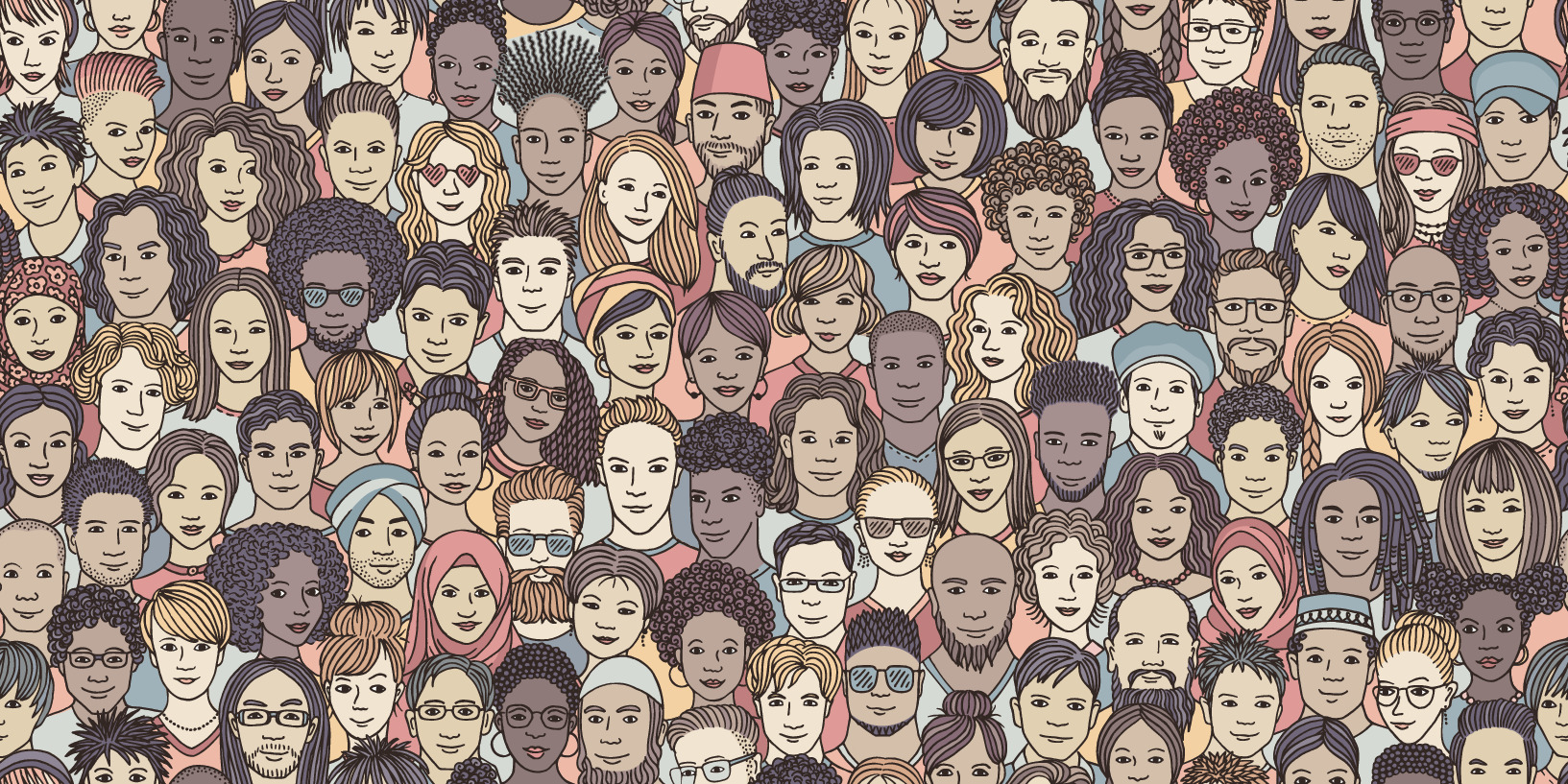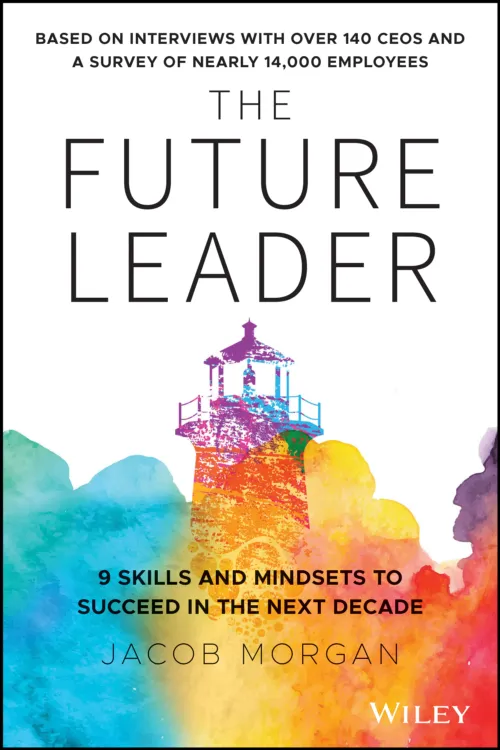When you hear the word diversity, you’ll likely hear inclusion right along with it. The ideas of diversity and inclusion are often lumped together. It’s true that workforces need to be both diverse and inclusive, but the two ideas are actually quite different. So, what’s the difference between diversity and inclusion and how can you make sure your organization has both?
Diversity is bringing together people from different backgrounds, races, genders, religions, sexual orientations, and more. It’s creating a group that sees the world differently and that can work together to represent customers and their communities to solve problems and create great ideas.
Inclusion takes it one step further to create an environment where those people are welcomed, respected, and included. It’s how you make that diverse group feel like they belong. A few years ago, I interviewed Celeste Warren, Vice President Global Diversity and Inclusion at Merck. She defined inclusion as creating a culture that allows all people to bring their full selves to work. That means finding out whatever people identify with so they can be productive. It also means ensuring people aren’t marginalized and that their ideas are considered to contribute to the success of the organization. I also had the great opportunity to speak with the heads of diversity and inclusion from Fidelity, SAP, Dow Chemical, Ingersoll Rand, 3M, TPG Global, and many others. All of them echo the same belief.
Think of it like making a cake — you bring together a wide array of ingredients, but the ingredients on their own are separate. It’s what you do with those ingredients that matter. You have to bring them together to create an amazing dessert (yes I have a huge sweet tooth!). Diversity on its own is just ingredients, but putting them all together into something wonderful and delicious is inclusion.
I put together a video that I hope will inspire and motivate you. Please check it out below and if you want more content like this you can subscribe to my Youtube channel.
It’s possible to have a diverse workplace that isn’t inclusive. Creating diverse teams just to say you’re a diverse organization doesn’t mean anything if there isn’t an inclusive environment to go with it. Inclusion is the intentional and deliberate action we take to create a culture that embraces and values those differences.
Diversity and inclusion are powerful topics that people care about — for good reason. I’ve presented to boardrooms full of old white men who are trying to create products or services for a broader group of customers. Your workforce and leadership should reflect the diverse world we live in. When you bring together people with different backgrounds and perspectives, you can create a much richer experience. But beyond that, you can create an inclusive environment that celebrates the differences of your people.
Inclusive cultures celebrate differences. Merck and many other companies run diversity ambassador groups to discuss issues relating to diversity and giving people in minority groups a chance to network and connect with their peers. Inclusion also happens from being aware of what is happening in the world, getting employee feedback on inclusion, and creating a safe place where people can have open and honest conversations about their backgrounds and challenges.
Diversity and inclusion are different but both incredibly important to modern organizations. And the road to an inclusive culture is never done. Everyone has a role to play in learning, growing, and celebrating the diversity of the workforce.
What can you do this week to build inclusion in your company?
140 of the world’s top CEOs identified a specific set of 9 skills & mindsets that are crucial for leaders to master. Learn what they are and hear directly from these leaders by downloading the PDF below.

